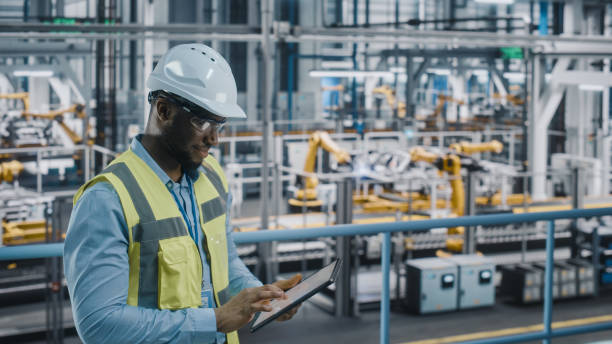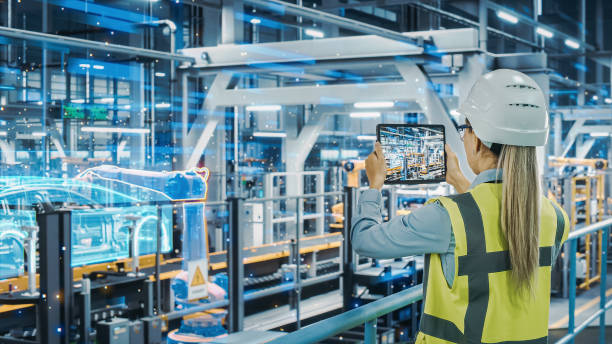In the not-so-distant past, consumer choice was largely limited to the “what you see is what you get” philosophy. But the narrative is changing with modern technologies and a shift in consumer behavior. Now, mass production is hybridized with customization— and that’s not just limited to niche companies. Best of all, it’s easier than ever for consumers to choose what they want, while the conventional assembly line saves its pennies.
READ THE BLOG: Virginia Manufacturing and Industry 4.0: How IT Network Maintenance Drives Innovation
In this blog, you will learn all about manufacturing customization:
- The key technological advancements that are fueling personalized manufacturing
- The three types of customization and their definitions
- How companies are innovating manufacturing customization
- Possible custom solutions for your manufacturing company

The Three Pillars of Customization
Modularity
Simply put, modularity uses a ‘building block’ approach. Manufacturers design and produce individual modules that serve specific functions and can be assembled in various configurations to create limitless end products. It helps manufacturers accommodate individual customer preferences without having to design and produce solely unique products.

Personalization
Personalization takes customization to a new level by leveraging consumer data to create unique products tailored to each person’s preferences. This means analyzing buying behaviors, preferences, and other data through AI and machine learning tools. The analyzed data helps create a predictive model that manufacturers can use to make products that meet unique customer needs.
Personalized manufacturing places consumers at the heart of production, allowing them to participate directly in the design and creation of the product. This approach capitalizes on the modern consumer’s desire for individual expression through the products they wear, use, eat— you name it. However, the ultimate challenge is maintaining the perfect balance between individual customization and mass production efficiency.

Digitalization
The rise of Industry 4.0 digital technologies, like artificial intelligence, cloud computing, IoT, and blockchain, is revolutionizing customization strategies. These technologies optimize manufacturing operations, cut costs, and enhance visibility to boost supply chain speed and performance.
Simultaneously, manufacturers are investing in data infrastructure, talent, and governance to fully leverage the potential of AI. Also, robotics and autonomous vehicles help offset labor shortages and support reskilling and upskilling initiatives. On the sustainability front, digitalization drives clean energy initiatives.

Mass Customization Strategies
- 3D printing and Additive Manufacturing (AM): A printer that spits out 3D objects instead of paper sounds like science fiction, but it’s the new norm. These techniques let manufacturers build complex shapes and structures layer by layer to limit waste and inventory. Imagine a football helmet that molds perfectly to a player’s head. That’s what Carbon and Riddell achieved with their 3D-printed, custom-fit helmets.
- Networked Production: It’s all about connection. Different production units join forces through digital platforms, sharing resources, info, and processes. But when customer feedback and data join the mix, the production process improves, too. Nike took this to heart with their NIKEiD service, where customers can add personal touches to their shoes online.
- High-speed Data Transmission: Fast and reliable data transfer is key, especially when dealing with large amounts of information. This technology connects production units and uses artificial intelligence (AI) and cloud computing to streamline processes. For example, Siemens uses high-speed data transmission to link factories in Germany and China, employing AI and cloud computing for quality control and predictive maintenance.
The Future of Customized Manufacturing
The future of manufacturing is here— and it’s personalized by customers. As we head towards 2024 and beyond, the personalization trend in manufacturing is expected to grow stronger. Tip for manufacturers: don’t just dwell on the technology; focus on better ways to give our customers the freedom to decide. As Jony Ive, British industrial designer and former Chief Design Officer of Apple Inc., once said, “The future of manufacturing is not 3D printing. It’s choice.”
The customer of today expects, even demands, customizable options in a wide range of products. It’s those manufacturers that find ways to deliver that come out on top. Get a free assessment from GENEDGE, a top Virginia manufacturing consultant and resource, to find out how to do just that and more.


